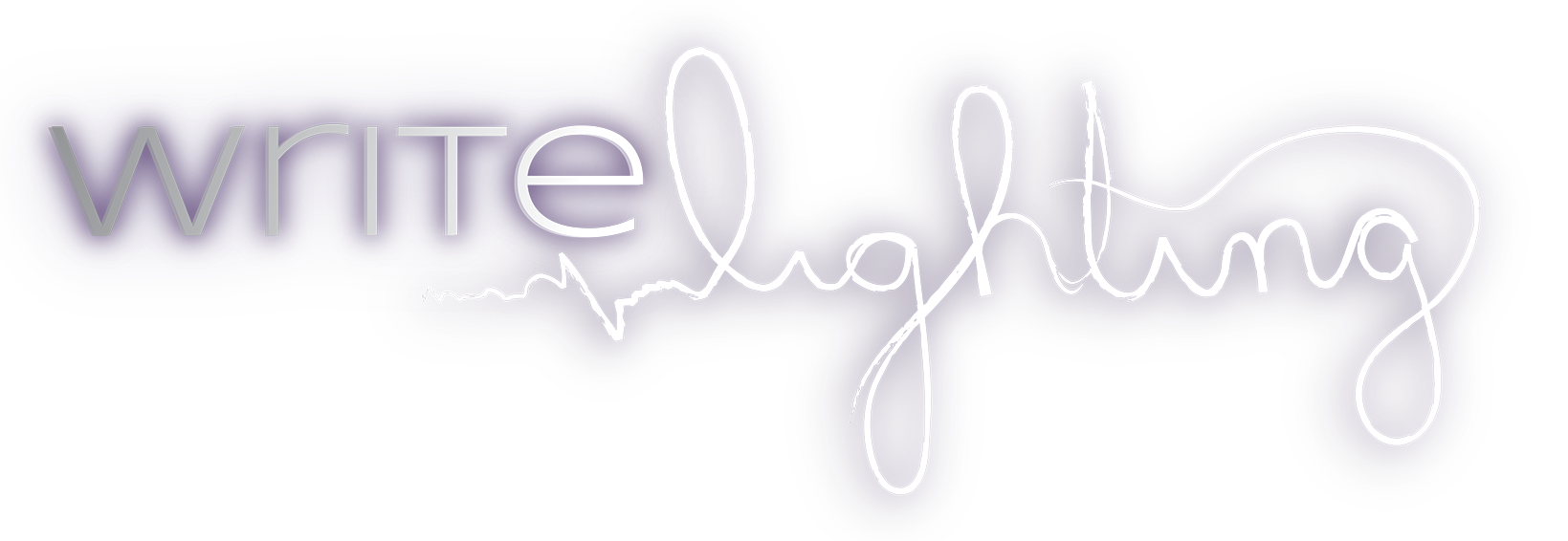How HDR Photos Affect Noise Performance

Let me start right off the bat by saying, I never really liked HDR. It was never apart of my vocabulary. I've taken one HDR photo in my entire life before I started implementing this. I just never saw any useful benefits that HDR could provide that a single raw file wasn't more than capable of producing. I was also never a fan of the tone mapped "HDR look" that is ubiquitous amongst so many photographer's work. That's not to say that it's bad or anything, it just didn't fit my style and I honestly never really gave it much of a chance because of that, which is unfair. So I was determined to find a situation where HDR could actually benefit me in some way.
Flat Comparison At ISO 1600. Raw on Left. HDR on Right.
Which leads me to this experiment. I've experimented with HDR before to see if there was any quality differences I could find between bracketing multiple exposures and combining them in post and a single raw file by editing them both using, at the time, photoshop. It seemed like there wasn't even a difference at all. Of course, that was using very controlled, flatter lighting. No wonder I came to that conclusion, that's not where the power of HDR lies. This time around I tested some photos in more dynamic lighting, which is where HDR shines. I shot into the light source with my subject's back, an old Yashica film camera, facing the light so that the camera was cast in shadows from the front. I didn't use any kind of fill lighting, because I wanted that shadow detail to be lost, as well as the highlights to push the limits of what a raw file can do.
Stylized Comparison At ISO 1600. Raw on Left. HDR on Right.
I took a series of shots, my baseline raw photo which was the "correct exposure" according to the light meter, which means I was exposing for the mid-tones in the scene. Then I took two photos that were 2 and 4 stops overexposed respectively so that I could see the detail in the shadows. Of course I also took two photos shot 2 and 4 stops underexposed as well to pull out some more information in the highlights. Then I took the two shots over and under exposed along with the baseline mid-tone exposure and combined them in Lightroom CC to create a three shot HDR image. And again, I took those three photos along with the 4 stops over and underexposed raw files to create a five shot HDR photo. I did this at both ISO 400 and ISO 1600 to test the noise levels.
I compared the the single raw photo which was exposed for the mid-tones with the three shot and five shot HDRs and even compared the three and five shot HDRs against one another in a variety of tests. First, I compared them each completely unedited. Next, I flattened each of them by increasing the shadows and lowering the highlights so I could pull out those details which were hidden away. Then I did some noise removal to the single raw file to see if I could get a comparable amount of detail back from the noise as I could with the HDR. In the final test I did all my usual edits to each of the photos to see if I any of this new found detail had any actual benefit for me personally in a practical way that would mesh well with my style.
Flat Comparison At ISO 400. Raw on Left. HDR on Right.
Now, I go way more in depth in the video about all of this and show the results of each of these experiments, but I'll summarize some of it here for you. I was honestly surprised at how well the raw file held up under pressure compared to the HDR. The HDRs all had much better noise performance, but it was only a deal breaker for me at the higher ISO levels when trying to pull out lost shadow details. Once I added in some noise removal (HA) to the single shot raw file, the differences between that and the HDR were almost inconsequential. That being said, there were definite benefits in the HDR versions in regards to the noise performance. At ISO 1600, one stop from the native max for the camera, there was virtually no noise in the five shot HDR. It really blew my mind.
Stylized Comparison At ISO 400. Raw on Left. HDR on Right.
You can see some of the photos here, but if you'd like to see how well they all performed, then I'd implore you to check out the video to see more examples. I honestly don't know how often I'd actually use HDR despite all of this evidence supporting the usefulness of using the technique. It takes a lot of time and while fantastic in certain circumstances, is mostly irrelevant in the majority of shooting conditions, especially with the power of raw. But really, I wanted to leave this information out into the world as more food for thought. Maybe you'll find more uses for this than I could. I know there are plenty of people who would definitely benefit from the noise benefits and level of detail saved from using HDR. Let me know in the comments below what you think and show me some of your HDR work. After all, photography is all about sharing those moments with the world. They won't do you any good sitting on a hard drive somewhere unseen. ^_^







